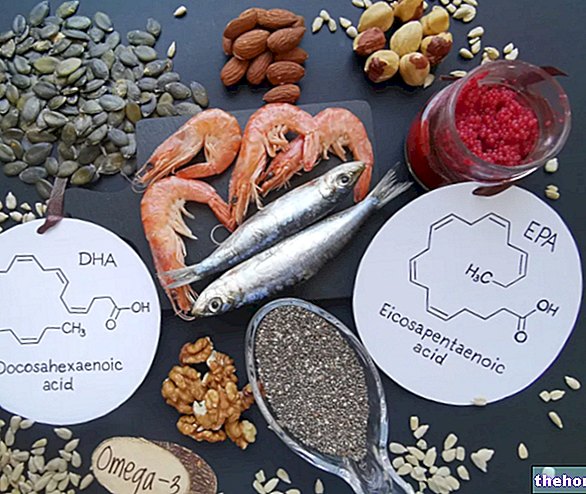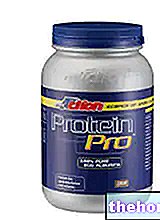Creatine is a nitrogenous substance produced in the liver, kidneys and pancreas, starting from three other amino acids: arginine, methionine and glycine. The endogenous synthesis just described covers about half of the body's needs, while the residual amount it is supplied by food, in particular by meat (vegetables are devoid of it).

The consumer, when purchasing any creatine-based supplement, requires and expects the highest purity and quality of the product. Let's start by saying that no supplement contains 100% pure creatine. In the famous and traditional monohydrate, whether micronized or not, we find about 88% of pure creatine, while the remaining 12% is made up of water. In the effervescent form, due to the greater molecular weight of citrate, the percentage of pure creatine drops around 50%. Similarly, in the phosphate form, the creatine concentration is approximately 62%. In many other products the amino acid is combined with vitamin complexes, sugars, or amino acids, to favor - at least theoretically - their transport inside the muscle cells; consequently, the creatine content is often low.
Not all users know that there are few creatine producers internationally. The various companies that market supplements limit themselves to purchasing the raw material and transferring it directly into the jars (as is the case for monohydrate or micronized creatine in powder); in other cases the raw material is processed to produce more elaborate tablets or formulations, such as those mentioned above. The creatine best known and appreciated internationally for its high degree of purity, but also for its higher cost, is creapureTM (SKW-degussa). The companies that use this raw material for their supplements have every interest in clearly specify it on the label; on the contrary, when this is not the case, creatine is most likely of Chinese origin (which, of course, will never be declared on the label). For what has been said, promotional writings such as "100% pure creatine monohydrate", without a clear reference to the "origin of the raw material, should certainly not be understood as a guarantee of quality. Similarly, if the price of the product is excessively low compared to competitors, it is legitimate to suspect that it does not contain creapure or that this has been cut with the Chinese.
The problem related to the purchase of Chinese creatine derives from the higher content of impurities and waste products (such as creatinine, diciandiamide and dihydrotriazine). The most avid consumers, who often need to save, should be the first to avoid these products, since at high doses the share of impurities taken becomes substantial.
Some American companies use, for their supplements, exclusively creatine made in the USA, boasting a degree of purity much higher than the German one. In this global market there is also a place for Italy, thanks to a company in the north that exclusively produces creatine citrate for the creapure brand.




























